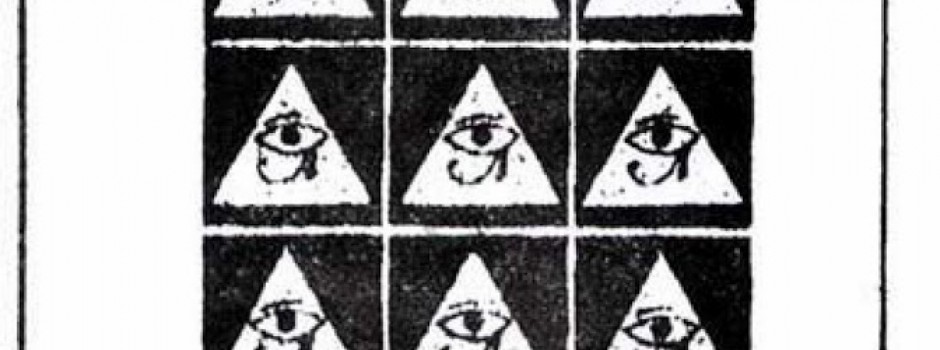Objects we readily recognise can be opened like doors to access a flow of associations and specific stories waiting to be discovered. The space of Le19CRAC is used by Karlos Gil (Toledo, Spain, 1984) in his first solo show in a French Institution, as one element from a physical and imaginary chain of connections between space, memory, knowledge and the constellation of objects in the show. Like a hub or nucleus, items are connected in and out of the exhibition in shifting proportions: from the inner features of the institution to an outer world; engineering tools, free 3D printing supplies, LSD blotter reproductions, or fragmented glass tubes from different abandoned signs from Dijon, all the way up to the space above the weather in an endless network of resonances and possible narratives.
In the work Paperweight Quasicortex Lentiform, the artist invents his usual methodology. He starts with the study of the formal and structural characteristics of the specific object so this would favour a displaying of all the potentials inscribed under its formal epidermis. Instead of focusing on the meanings of the things, Gill uses the signifiers whose metonymic potential is supported by the arbitrariness and multiplicity of sign.
He presents the metal and cement object whose plastic derives from the ribs serve as glass blowers. He proposes a mechanism that is related to itself, a partially closed system that has an influence on the figures that these ribs normally produce, moving like this spectator that finds himself involved in the installation. The spectator contributes his interpretations and connections which complete and give feedback to the work.
At the entrance of the institution, the work L´object the Repetiton could be seen like a huge pattern of LSD blotter reproductions from the late 70´s. Handmade with a real LSD pigmented print, the digital vector of the blotter could be downloaded from the institution website by the audience to create new combinations with it, thus reflecting on the distribution values of the visual.
The work Output Functions (monochrome) offers material solutions to immaterial needs, rejecting the notion of art as a tautology underlying the foundations of modernism through fragments of 3D-printed organic mechanisms somewhere between strange and dysfunctional. Conceived from open code models, each element incorporates unexpected layers of information and references that negate its own condition as artefact.
As part of the Redundancy series, Gil presents three new neon works made with fragments of abandoned neons from the city of Dijon. Redundancy in information theory is the number of bits used to transmit a message minus the number of bits of actual information in the message. Informally, it is the amount of wasted “space” used to transmit certain data. The Redundancy series are based on everyday objects, in this case fragments of original advertising neon lights that have lost their original meaning in order to gain a new one after being mixed together. These works walk along the thin line between what makes sense and what doesn’t, even though the titles of the works give clues as to their origin and propose new meanings.
In this scenario, the physical and imaginary relations of an object to space, time and memory is formed by the sense of reconfiguration and the magnitude of its possible shifts.
7 February-8 May, 2015
le 19CRAC
19 avenue des Alliés
25200 Montbéliard
Francia
http://le19crac.com/


 sending...
sending...